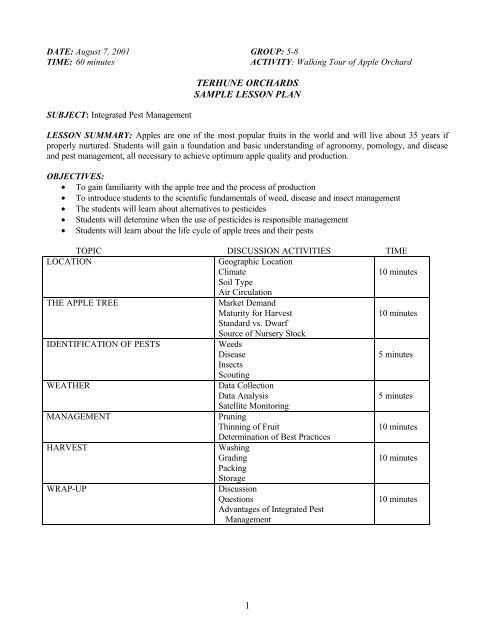
These findings raise important questions about the safety of pesticide mixtures found on produce. Many peer-reviewed scientific studies have shown disturbing links between pesticides and human health issues. Pesticides – known to cause health problemsįor this year’s guide, the overall picture remains problematic: Too many pesticides are still found in too high quantities on too much of the produce millions of Americans eat every day. But for shoppers concerned about dietary pesticide exposure, EWG’s Shopper’s Guide, released every year since 2004, provides information about the fruits and vegetables with the highest and lowest pesticide residues, so consumers can make the best decisions for their families. Much stricter federal regulation and oversight of these chemicals is needed.Ĭonsumption of fruit and vegetables, organic or not, is critical to a healthy diet and good health. Some of the USDA’s tests show traces of pesticides long since banned by the Environmental Protection Agency. The guide includes our Dirty Dozen as well as our Clean Fifteen™, which shows which fruits and vegetables tested have very low or no traces of pesticides.

Even after these steps, the tests still find traces 251 different pesticides. The USDA peels or scrubs and washes produce samples before testing, whereas the FDA only removes dirt before testing its samples.

The 2023 guide includes data from 46,569 samples of 46 fruits and vegetables.

The Shopper’s Guide represents EWG’s analysis of the latest fruit and vegetable testing data from the Department of Agriculture and Food and Drug Administration. But the findings are particularly concerning for children, who are particularly vulnerable to many of the health harms associated with pesticide exposure. In this year’s guide, blueberries and green beans join our Dirty Dozen™ list of the 12 fruits and vegetables sampled that have the highest traces of pesticides.Īny exposure to pesticides is a problem, given what we know about several ways they can harm humans. contains residues of potentially harmful pesticides, EWG’s 2023 Shopper’s Guide to Pesticides in Produce™ finds. Nearly 75 percent of non-organic fresh produce sold in the U.S. EWG’s 2023 Shopper’s Guide to Pesticides in Produce™


 0 kommentar(er)
0 kommentar(er)
